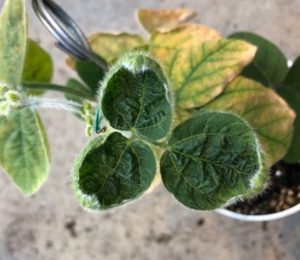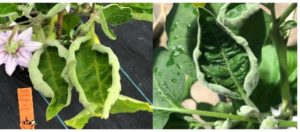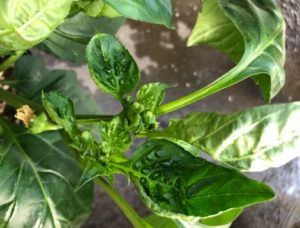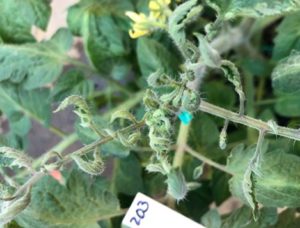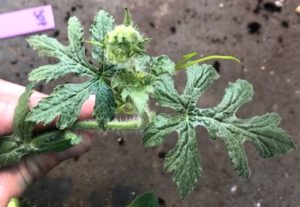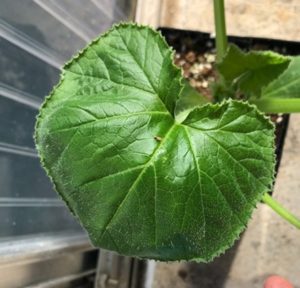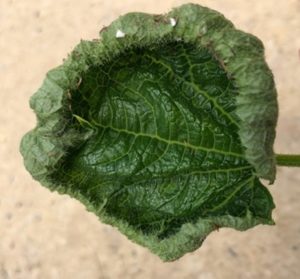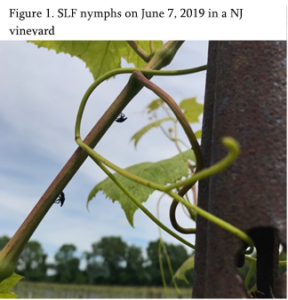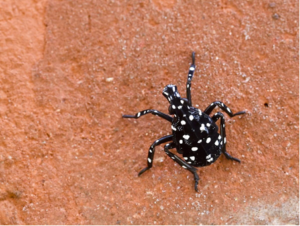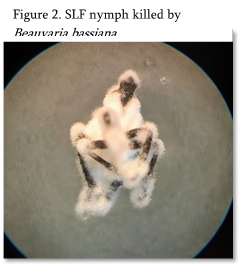By Peter Oudemans
June 4-6 and June 12 showed some significant downy mildew infection periods and we are now beginning to see the effects. Since berries are susceptible until about a month after capfall this is something we need to be concerned about. The question is how to handle this now?
Rules:
- Hitting the target: Make sure the sprayer is set up to hit the target.
- Longevity: Fungicides work best if they can dry after application. Rainfall before drying will wash them off
- Resistance: Downy Mildew is a high risk pathogen and fungicides must be rotated
